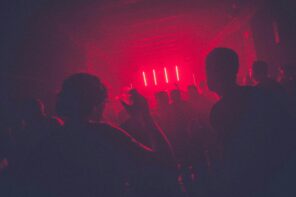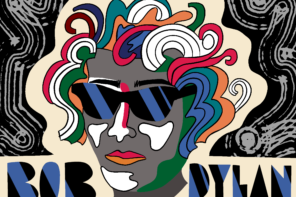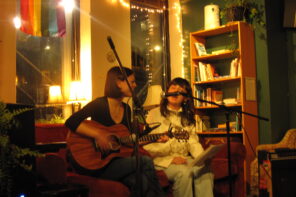It’s a Wednesday at Redroom and the music still shocks me. It’s just that awesome. I can’t help but think about how people and places are becoming more and more virtual, forcing underground communities into the mainstream. When accessibility to a community increases, it can destabilize the community as a whole—this notion extends to local techno scenes. The mere fact that I, as a 16-year-old living in St. John’s, Newfoundland, could look up how to get into Berghain is astonishing considering the venue was once a staple of the subterranean Berlin techno scene. There was once a time when venues like these, and the social guidelines that accompany them, were only accessible through word of mouth. This begs the question, shouldn’t this knowledge be reserved for people who can actually use it? In an age where mainstream and social media provide access to an overflow of information, genuinely alternative communities are dying along with any sense of community they provide.
Anyone can throw on some Charlotte De Witte and say they love techno, but to get all that the Montreal techno scene has to offer, you have to haul ass outside and live it.
Thanks to mainstream media, Techno has global celebrities for the first time in its existence. Fred Again, John Summit and Dom Dolla all have millions of Spotify listeners. They play sold-out stadium tours in a way that feels entirely removed from any semblance of locality. They collaborate with pop artists and date influencers. The sheer quantity of the fan base cases it to feel dispersed and faceless, arguably lacking any camaraderie. This feels similar to what I originally assumed the Montreal techno community would comprise of, but after experiencing it for myself, I realized I was very wrong.
The Island’s techno offerings have gained international acclaim through places like Piknic Ectronik and artists like Kaytranada, whose online presence cannot be ignored. It presents a facade of grandeur and notoriety that, once paying attention, is quite far from its reality. Most active local talent doesn’t have Spotify pages and instead plays venues that are small and nondescript. Events are mainly run by collectives who constantly adapt around friend groups and politics who put on events when they can. You can go to Stereo on Sainte-Catherine Street any weekend and watch a set by a Frenchman or New Yorker, but to see up-and-coming locals play, you have to work a little harder.
Following DJs you like and the venues they play on places like Instagram and TikTok allows you to get involved and make their virtual existence your reality. This might all sound a little pompous and self-important, but the reality is that when you go to events, you have the rare opportunity to acquaint yourself with listeners and artists over time as the movement of people in and out of the community is more restricted. You can get to know DJs as they smoke outside and weave a web of connections with people you know will attend the same events you do. The community is welcoming, diverse, and humble. The aims of every event are driven by pleasure and music, accomplishing the rare feat of staying outside mainstream hype. Furthermore, collectives like Latex and Techno Kisses are on the cutting edge of harm reduction, inclusion, and radical self-expression, doing away with the idea that a bouncer can decide if you’re hip enough to enter. Local DJs work with each other on sets and in the organization and curation of events, ensuring that the product serves artistic expression and not just profit. An average night put off by a collective normally features a minimum of 3 sets across multiple sub-genres, creating a multitudinal ambiance that changes as the night progresses. It avoids the fate that a night centers to feed the ego of a single person. It’s not about an individual but rather what we can create as performers, attendees, and as a communal whole. By making the community more purposefully in-person, Montreal can highlight local talent and curate a safe space for freaks and geeks to gather in the name of hard bass and physically felt sub-frequencies.








